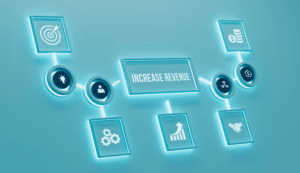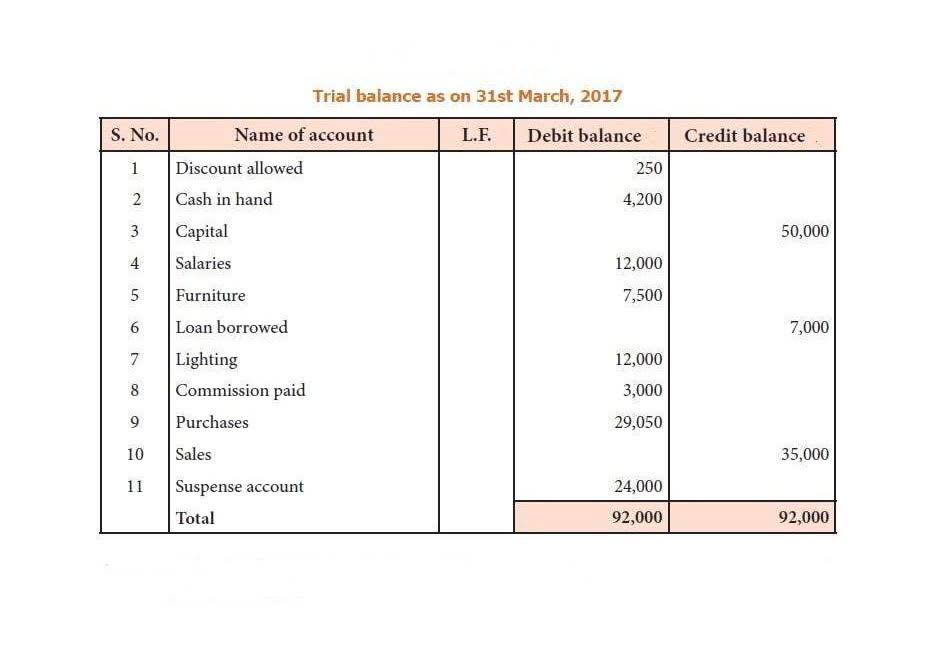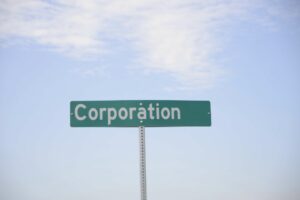
Expanding from 10,000 units to 15,000 units, let’s assume total monthly costs increase to $120,000. For instance, evaluating expanding monthly production from incremental cost meaning 10,000 units to 15,000 units means the incremental change is 5,000 units. When the marginal social cost of production is less than that of the private cost function, there is a positive externality of production. Production of public goods is a textbook example of production that creates positive externalities.
What’s a Limitation of Incremental Analysis?
Add up all the production and direct labor costs involved with your base volume. Include material, labor, transportation, etc. required to sustain the base case output. To give you an idea of how knowing your incremental and marginal cost leads to better financial planning, let’s get back to the shirt business example. This way, companies develop a realistic production roadmap, with an exact number of goods to be produced and the pricing per unit, to achieve profit goals in a business quarter. When the two are compared, it is evident that the incremental revenue exceeds the incremental cost. So, you get a profit of $4,000,000 by deducting the incremental cost from the incremental revenue.
The Difference Between Cost vs. Price
- Also, fixed costs can be difficult to attribute to any one business segment.
- At some point, the marginal cost rises as increases in the variable inputs such as labor put increasing pressure on the fixed assets such as the size of the building.
- Companies utilize incremental revenue as a comparative measure with their baseline revenue level to calculate their return on investment.
- When incremental costs are added, the fixed costs normally do not change, implying that the cost of the equipment does not vary with production levels.
- Incremental cost refers to the cost of producing an additional unit of output, taking into account all costs that vary with the level of production, including fixed costs.
- Manufactures look at incremental costs when deciding to produce another product.
Investors begin to wonder whether the company may have issued too much debt given their current cash flow and balance sheet. A turning point in the rise of a company’s incremental cost of capital happens when investors avoid a company’s debt due to worries over risk. Unfortunately, this can result in investors pulling back from the company’s shares due to worries over the debt load or even dilution depending on how additional capital is to be raised. If the incremental cost of reaching an additional customer exceeds the expected revenue generated by that customer, then you may need to lower your cost per acquisition (CPA) and rework the strategy.

Contents
A notable example is the long-run incremental cost of lithium, nickel, cobalt, and graphite as important raw materials for creating electric vehicles. If the long-run estimated cost of raw materials rises, electric car prices will most likely rise in the future. The endeavour to calculate and precisely estimate such expenses aids a corporation in making future investment decisions that can boost revenue while decreasing costs. It simply divides the change in costs by the change in quantity produced to determine the incremental cost. These costs may include but are not limited to the purchase, transportation, installation, and maintenance of the equipment.
- Conversely, if incremental cost leads to a decrease in product cost per unit, a company can choose to reduce product price and increase profit by selling more units.
- If the LRIC increases, it means a company will likely raise product prices to cover the costs; the opposite is also true.
- Transportation costs may increase due to expedited shipping or additional warehousing needs.
- Economies of scale show that companies with efficient and high production capacity can lower their costs, but this is not always the case.
- It is often seen that education is a positive for any whole society, as well as a positive for those directly involved in the market.
Advantages of Analyzing Incremental Costs
The WACC calculation is frequently used to determine the cost of capital, where it weights the cost of debt and equity according to the company’s capital structure. A high composite cost of capital indicates that a company has high borrowing costs; a low composite cost of capital signifies low borrowing costs. When a company’s incremental cost of capital rises, investors take it as a warning that a company has a riskier capital structure.
- Incremental costs are the costs linked with the production of one extra unit, and it considers only those costs that tend to change with the outcomes of a particular decision.
- Or, the incremental cost of shutting down a production line includes the costs to lay off employees, sell unnecessary equipment, and convert the facility to some other use.
- When evaluating a business segment’s profitability, only relevant incremental costs that can be directly linked to the business segment are examined.
- Understanding incremental expenses can assist a business in improving its efficiency and saving money.
- If expansion involves leased equipment, businesses must consider classification under ASC 842, which affects balance sheet reporting and lease liability calculations.
Incremental costs help to determine the profit maximization point for a company or when marginal costs equal marginal revenues. It is closely related QuickBooks ProAdvisor to incremental cost but focuses on a per-unit basis rather than the total additional cost of a decision. Marginal cost is calculated by dividing the change in total cost by the change in quantity produced.
Understand how incremental cost affects business decisions by influencing resource allocation, pricing strategies, and overall financial planning. If the LRIC increases, it means a company will likely raise product prices to cover the costs; the opposite is also true. Forecast LRIC is evident on the income statement where revenues, cost of goods sold, and operational expenses will be affected, which impacts the overall long-term profitability of the company.

For example, say a factory production line is at full capacity and therefore the company would like to https://frauclinic.saigge.com/blog/balance-sheet-definition-examples-assets-5/ add another production line. Incremental costs might include the cost of new equipment, the people to staff the line, electricity to run the line, and additional human resources and benefits. All these costs would be considered long-term incremental costs because they would be implemented as long-term aspects of the business. Accurate cost prediction and measurement is critical to properly pricing goods and services. Companies with the most accurate cost measurement can adequately define whether or not they are making a profit, and know how to gauge potential new products and investments.


Long-run incremental cost (LRIC) is a forward-looking cost concept that predicts likely changes in relevant costs in the long run. It includes relevant and significant costs that exert a material impact on production cost and product pricing in the long run. They can include the price of crude oil, electricity, any essential raw material, etc. An incremental cost is the difference in total costs as the result of a change in some activity. Incremental costs are also referred to as the differential costs and they may be the relevant costs for certain short run decisions involving two alternatives.

